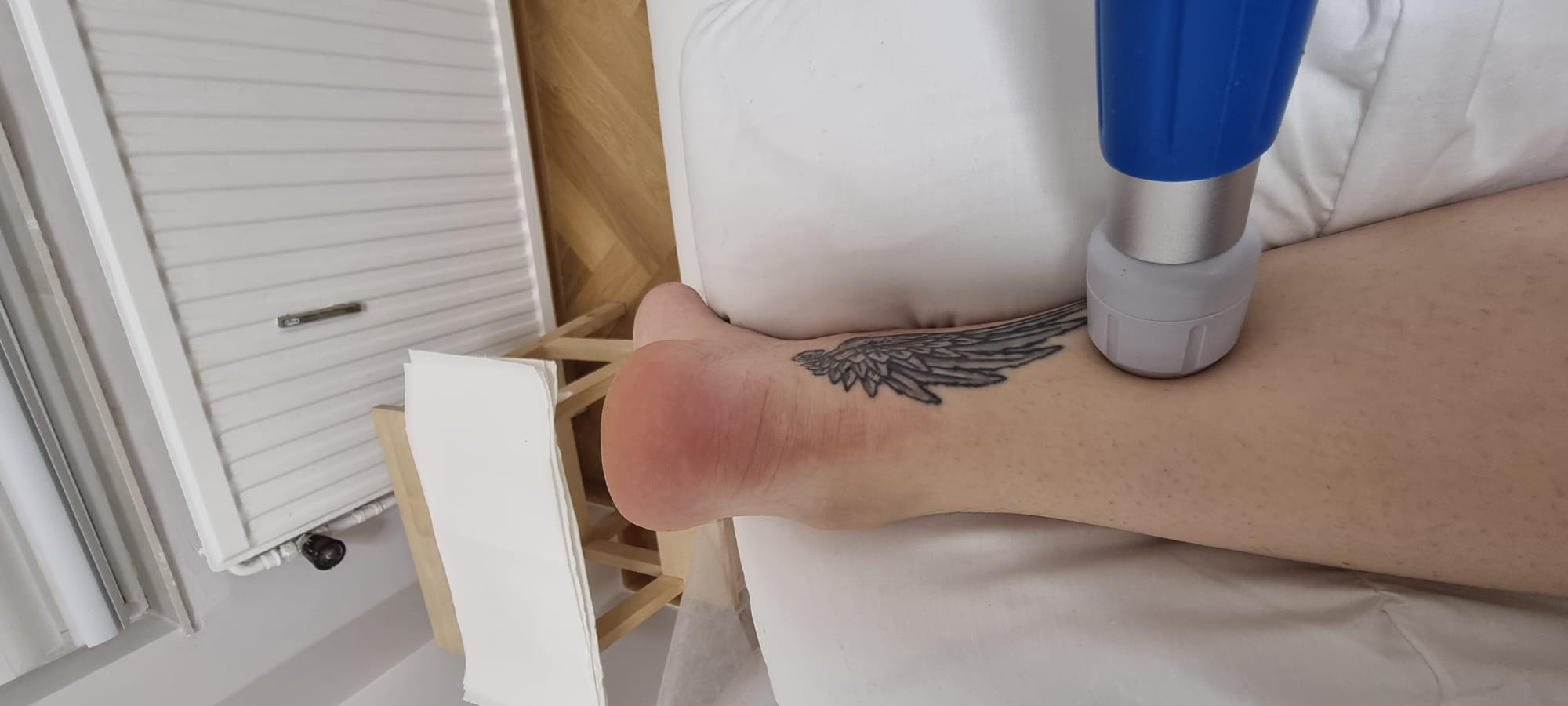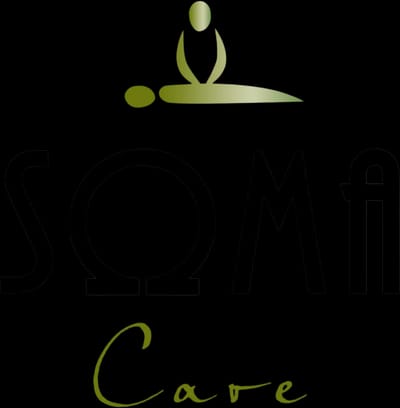Shockwave Therapy

Shockwave therapy
Shockwave therapy works by sending a mechanically-pressured pulse into the human body, This pulse passes through the body in the form of a wave. These shockwaves are acoustic waves with extremely high energy peaks. These types of shock waves are similar to the waves that occur in the atmosphere due to lightning or a sonic boom. However, shockwave therapy differs from ultrasound therapy. Ultrasound therapy uses a low-pressure amplitude with periodic oscillations, whereas shock-wave therapy uses a single pulse.
Shockwave therapy is used to treat a variety of medical conditions, including kidney stones, renal and urethral calculi, epicondylitis, heel-spur, plantar fasciitis, rotator cuff disorders, trigger points and chronic tendinopathies, according to BTL Industries. Bone and tendon injuries both respond positively to shock-wave therapy. Shockwave therapy also stimulates the production of collagen around an injured area. Collagen is necessary to regenerate tissue and promote healing.
Indications
1. Tennis elbow
Painful inflammation of the tendon attachment on the lateral elbow
2. Shoulder pain with or without calcification
Painful limitation of shoulder movement
3. Golfer’s elbow
Painful inflammation of the tendon attachment on the medial elbow
4. Bursitis trochanterica
Painful periostitis of the hip
5. Patella tip syndrome
Inflammation of the tibial edge due to excessive strain
6. Tibial edge syndrome
Inflammation of the tibial edge due to excessive strain
7. Achillodynia
Painful irritation of the Achilles tendon
8. Painful heel
Painful, mostly chronic inflammation of the heel
9. Inflammation of the tendon attachment
Painful inflammation of tendon attachments due to overexertion or improper strain, or due to degenerative processes
10. Painful trigger points
Acute and chronic pain in the back, shoulder , neck, etc. due to permanently shortened and thickened muscles.



